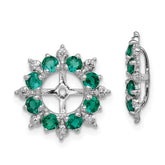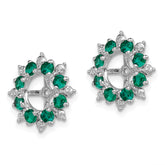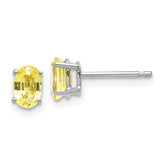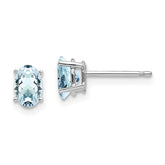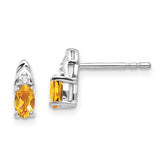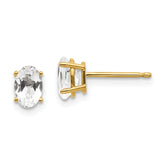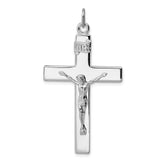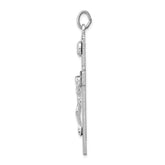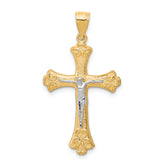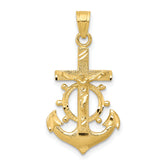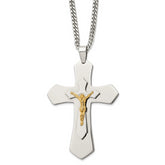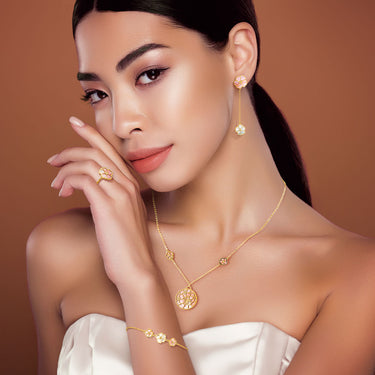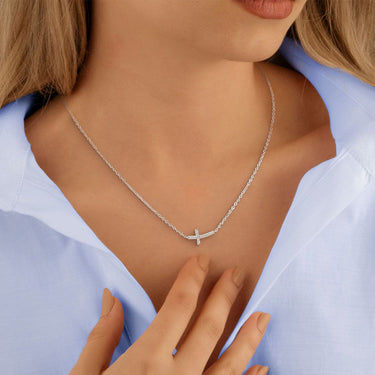Diamond cutting styles
Our love of diamonds and admiration of their fire and brilliance has given rise to many different cuts of diamonds. While we still see some of the earliest styles of diamond cuts – such as the round and emerald-cut, there are many more cuts today, some of them patented by their designers and costing hundreds of thousands of dollars.
The most popular cut for a diamond ring today is still the round, brilliant cut. It was developed in the 17th century in Venice. It is still preferred when the raw crystal is in an octahedron formation. Even though as much as 50% of the stone is cut away in the process, often two stones can be carved from an octahedron. More unusually-shaped stones are used for fancy cuts, such as a marquise, pear or heart-shaped diamond. The earliest brilliants had 17 facets on the top of the stone and were called double-cut. This was soon improved with stones cut with 33 facets and were called triple-cut brilliants.
In the 19th century, with the development of better gem-cutting tools, more innovations in diamond cutting styles were developed. In 1919, Marcel Tolkowsky combined the art of cutting with the science of light and refraction and published his book, Diamond Design. These relatively recent geometric calculations were the forerunner of much of diamond cutting work today and led to other, more precise mathematical models engineered to enhance the fire and brilliance of diamonds.
There are now cuts such as the princess cut, trillions, ovals, pear and heart-shaped. Some innovative cutters have even fashioned star or butterfly-shaped diamonds! One patented cut, the Ashoka diamond, is an oblong cut with rounded, brilliant ends, and requires a stone 3 carats or larger. It’s an exceptionally beautiful (and pricey!) diamond shape. Tiffany has also patented a cut of diamond called the Lucida cut. It’s the lucky bride whose fiancé gives her one of these highly coveted stones!


